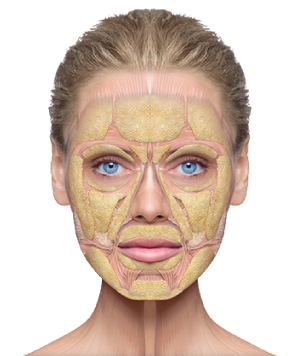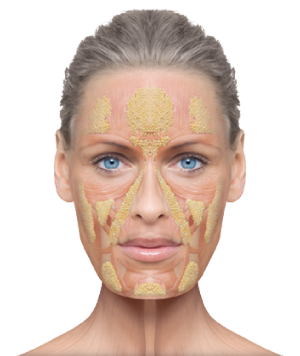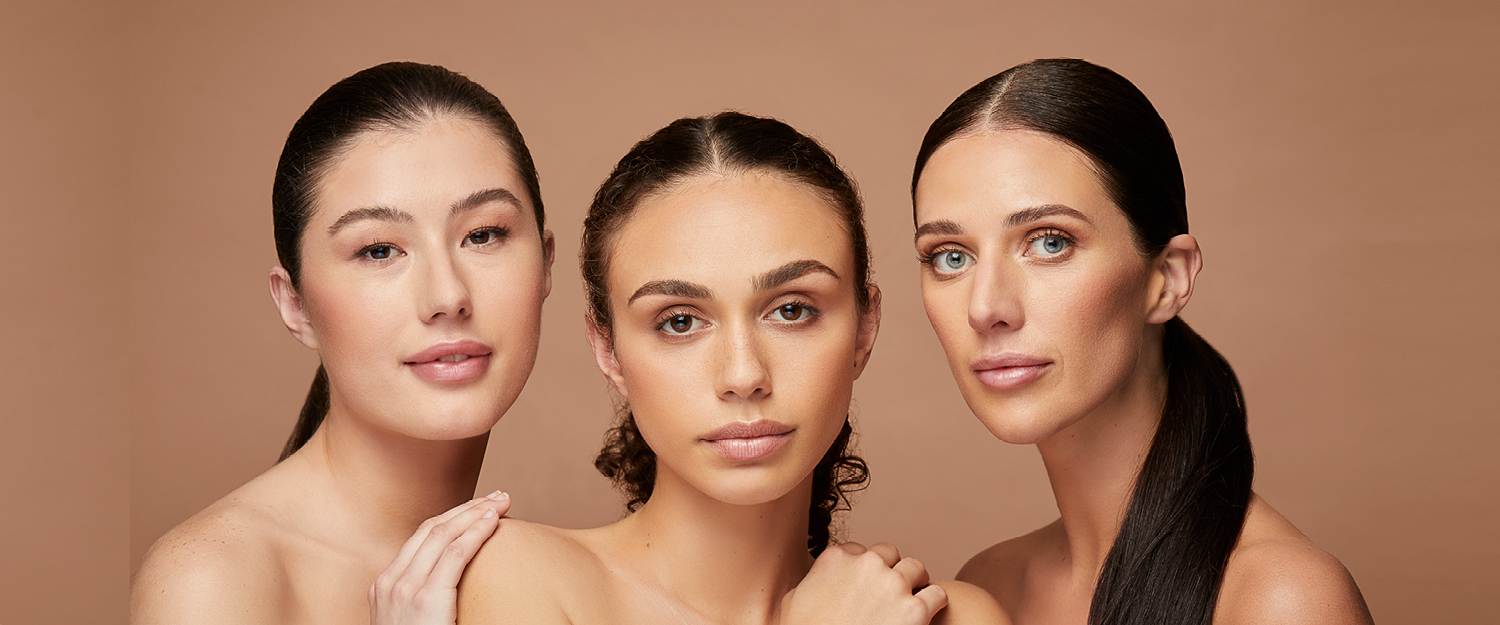Your Skin
Skin is the body’s largest organ and performs an extremely important function in protecting our internal structures from infection and from the environment.
Although it plays such a vital role, our skin over time is the first part of the body that begins to show the signs of ageing.
UNDERSTANDING SKIN LAYERS
Your skin is made up over several layers:
- Epidermis. This is the upper most layer. It is the layer that contains pigment and gives skin it’s colour. The epidermis effectively renews itself constantly producing new skin cells every 6 weeks.
- Dermis. The layer beneath the epidermis is the dermis which contains blood, nerves and oil glands. It’s in this layer we have multiple networks of collagen and elastin fibres.
- Fat Layer (Subcutaneous). The fatty tissue layer underneath the dermis that is one of the main structural supports for the skin.
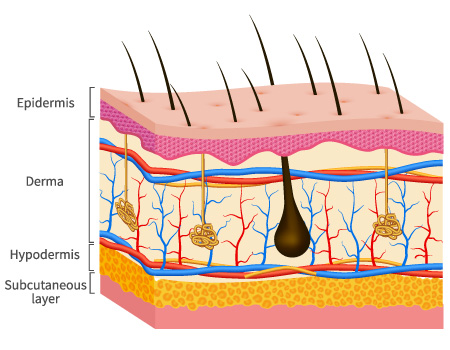
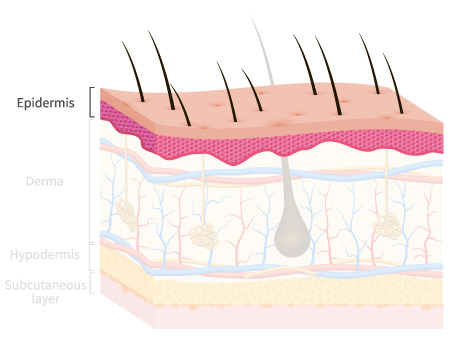
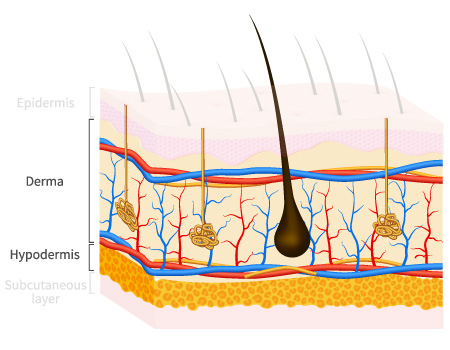
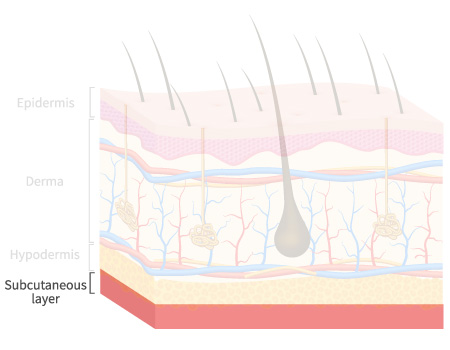
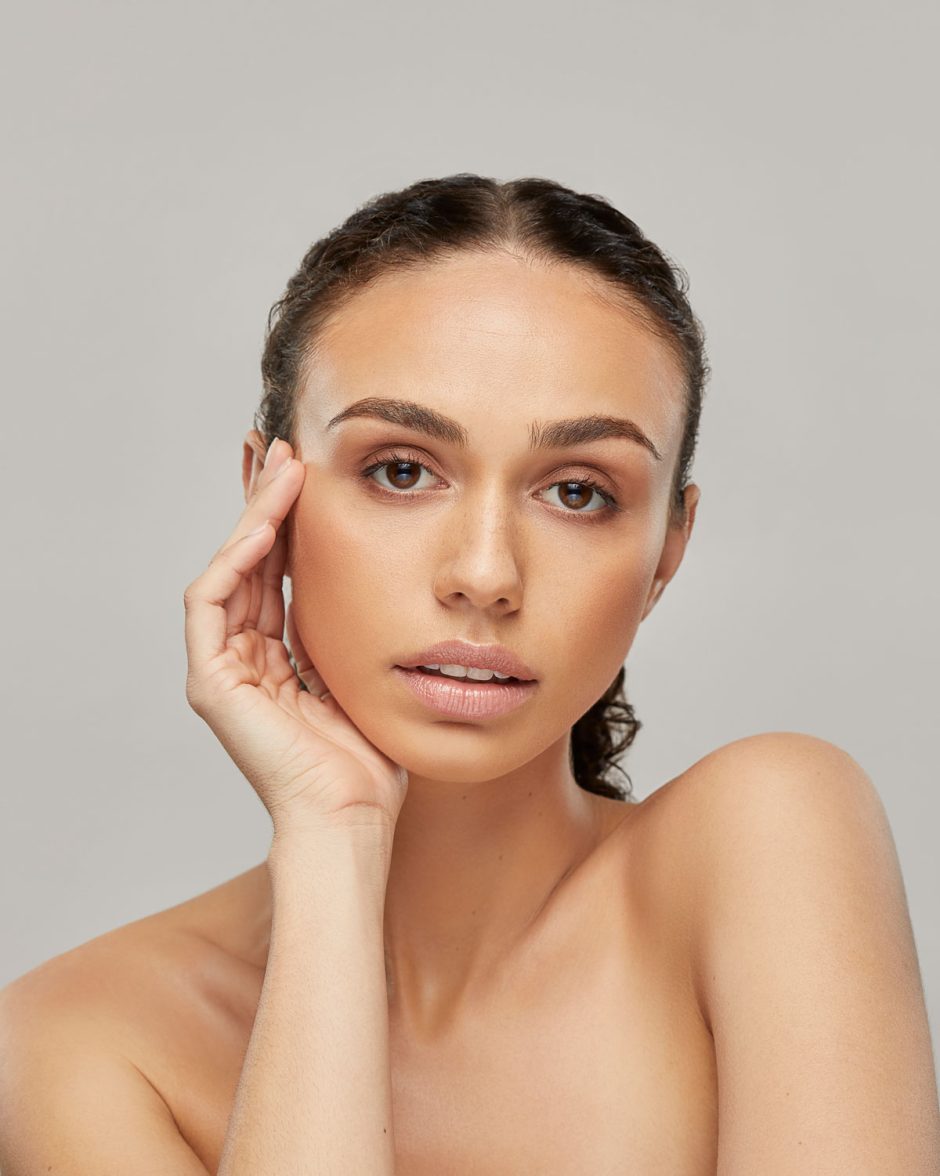
SKIN AGEING
The ageing process is natural and as we age our skin does too, which can cause visible changes that are different for every individual.
Elastin and collagen fibres are what gives the skin suppleness and strength and the number of fibres we can produce decreases as we age.
Skin also has a layer of fat just below the surface (subcutaneous layer) which contributes to our facial structure and as we get older this layer begins to thin and decrease.
Did you know from the age of 20 we lose approximately one teaspoon of collagen each year?*
There are two types of ageing that effects the skin:
- Internal (Intrinsic) ageing is caused by our genetic makeup and inherited genes. We have little to no control over this part of the ageing process.
- External (Extrinsic) ageing is caused by environmental and external factors such as sun exposure, smoking and diet.
While signs of ageing are inevitable, understanding what happens to your skin as you age can help you manage your lifestyle choices and possible treatment options available.
CHANGES YOU CAN SEE
You might start to notice fine lines and wrinkles, age spots, dryness or sagging skin across your face and body. As your skin becomes thinner and loses fat, it can often appear less plump and smooth.
Changes Below the Surface
Before you start to notice any signs of ageing externally, there are often changes that are happening below the surface. These are a result of our genetic makeup.
In addition to your skin, ageing exists at every layer of the facial structure:
Fat Pads:
Below the skin’s surface are pouches of fat that help to provide volume, contours and fullness of the face. As we get older these fat-pads shrink and start to descend creating hollowing, sagging and accumulation of fat in particular areas.
Muscles:
Beneath our fat-pads are our facial muscles that are repeatedly used to eat, move and express emotion. A loss of facial fat combined with gravity and repetitive muscle activity can lead to deep wrinkles. Facial muscles get weaker over time hence the loss of muscle tone can contribute to a less defined profile.
Bones:
Our skeletal structure provides the foundation and support for our muscles, fat-pads and skin and as we age, our bones lose density and start to shrink. As a result, this changes the dimension, contour and unique structure of the face.
